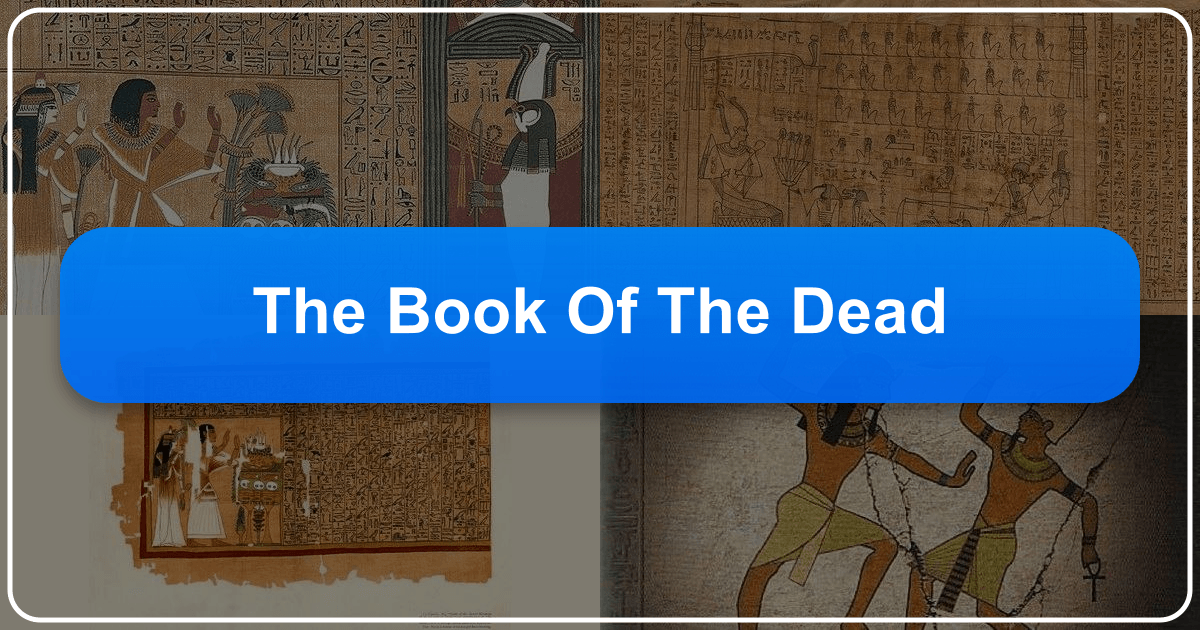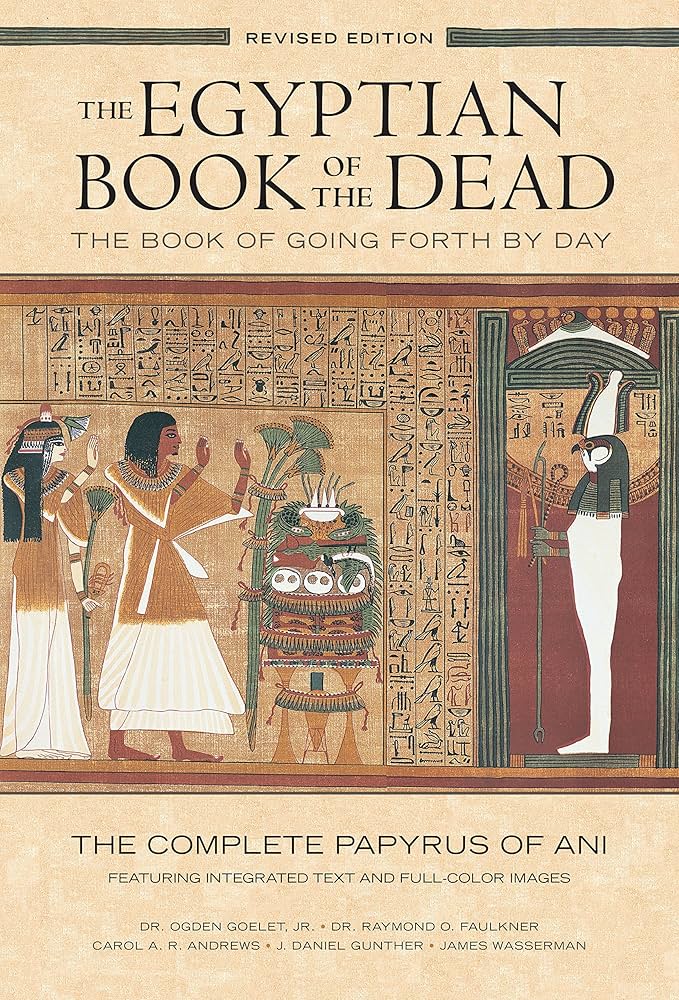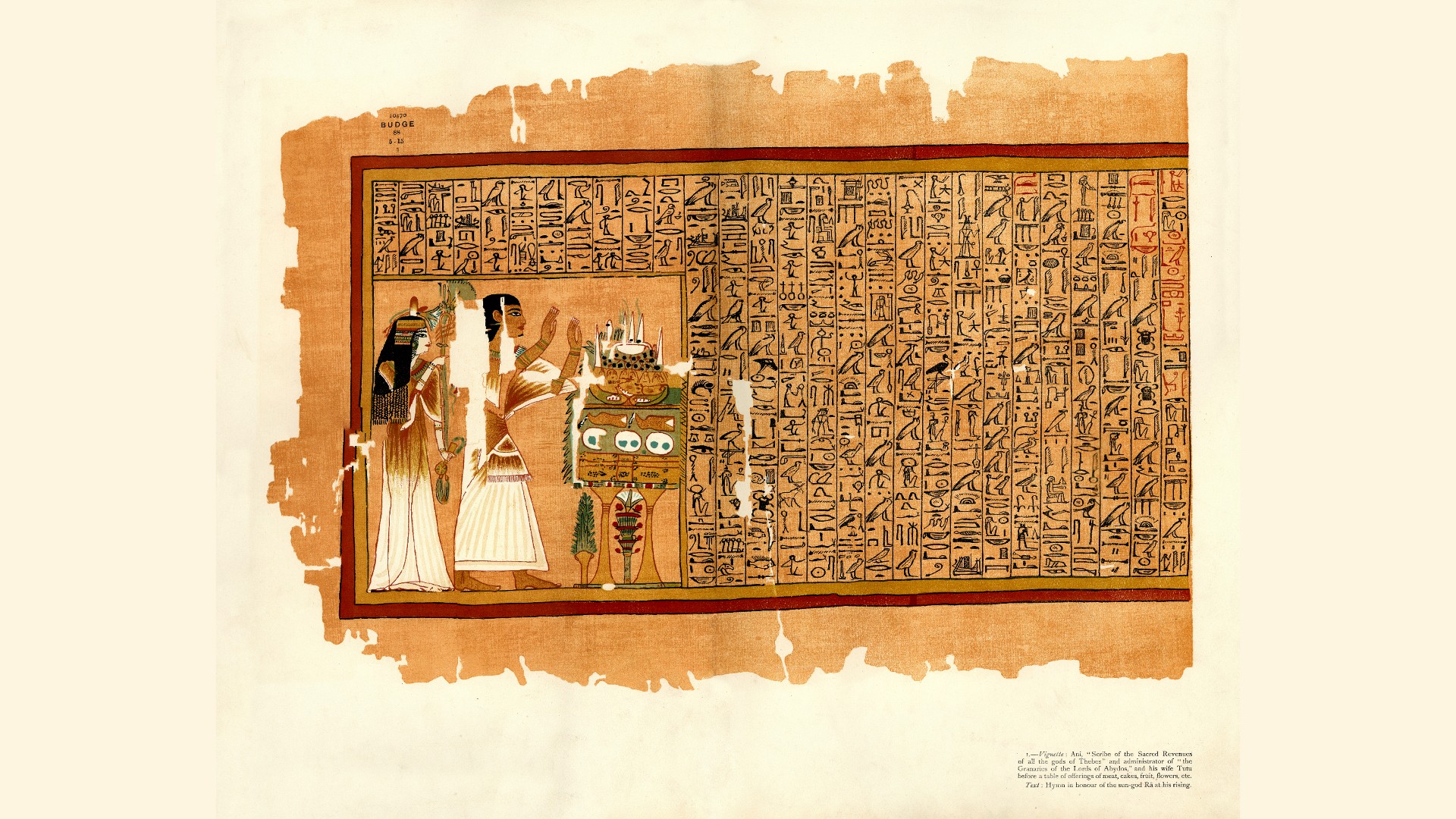The Book of the Dead: A Journey Through Ancient Egyptian Beliefs and Modern Interpretations

The “Book of the Dead” – a phrase itself imbued with a sense of mystery and intrigue – isn’t a single book in the traditional sense. Instead, it represents a collection of ancient Egyptian funerary texts, varying significantly in content and length, compiled over a period spanning millennia. These texts, inscribed on papyrus scrolls and often placed within the tombs of the deceased, served as guides for the soul’s perilous journey into the afterlife. This exploration delves into the rich tapestry of the “Book of the Dead,” examining its historical context, literary significance, and lasting impact on our understanding of ancient Egyptian beliefs and practices. We will approach the subject using the framework of Lbibinders.org, exploring its representation across its various sections: books, authors, reading and learning, libraries, and cultural impact.
Books: Genres, Classics, and the Evolution of Funerary Texts
The “Book of the Dead” defies easy categorization within modern genre classifications. While it certainly contains narrative elements, spells, hymns, and prayers, it primarily functions as a practical guide for navigating the underworld. It’s a unique blend of religious instruction, magical incantation, and personal confession. On Lbibinders.org, one could imagine a section dedicated to the “Book of the Dead” as a classic of religious literature, alongside other ancient texts like the Epic of Gilgamesh or the Bhagavad Gita. However, unlike those works, the “Book of the Dead” isn’t a unified narrative; it’s more accurately described as a collection of literary and religious components assembled individually for each deceased person. The specific spells and chapters included would vary based on the individual’s social standing, wealth, and desired outcome in the afterlife. This makes each “Book of the Dead” a unique artifact, reflecting both the beliefs of the time and the individual hopes and fears of the deceased.

The Evolution of Texts and their Literary Significance
The texts themselves evolved over centuries, reflecting changing religious practices and beliefs. Early examples, dating back to the First Intermediate Period (c. 2181–2055 BCE), are simpler and less extensive than later versions from the New Kingdom (c. 1550–1070 BCE), which are significantly longer and more elaborate. The evolution of these texts offers fascinating insights into the development of ancient Egyptian religious thought and the increasing sophistication of their funerary practices. Lbibinders.org’s book review section could highlight the differences between these periods, analyzing the changing literary styles and the evolving theological concepts reflected in the texts. This comparative approach would allow readers to appreciate the “Book of the Dead” not as a static text, but as a dynamic and evolving body of work, shaped by the religious and cultural landscape of ancient Egypt.
Authors: Anonymity and the Collective Voice of Ancient Egypt

Unlike many literary works, the “Book of the Dead” lacks a single author. It’s the product of a collective effort, a culmination of centuries of religious tradition, priestly knowledge, and evolving beliefs. The scribes who copied and adapted the texts were essentially the custodians of this ancient knowledge, faithfully transcribing and occasionally adding personal touches or variations. On Lbibinders.org, a section dedicated to the “authors” of the “Book of the Dead” could explore the role of these scribes, their potential motivations, and the challenges of interpreting the texts given their anonymous authorship. Exploring the “author” as a collective entity emphasizes the communal aspect of ancient Egyptian religious practices and highlights the shared ownership of this body of funerary literature.

Scribal Practices and the Preservation of Knowledge
The scribes themselves were highly skilled individuals, trained in the art of writing hieroglyphs and knowledgeable in religious traditions. Their meticulous work ensured the preservation of these sacred texts across generations. The precision and artistry evident in many “Book of the Dead” manuscripts highlight the importance placed on the accuracy and aesthetic appeal of these funerary texts. Lbibinders.org could include images of different “Book of the Dead” scrolls, showcasing the variations in style and the remarkable skill of the scribes. Analyzing the scribes’ choices in layout, illustration, and the selection of specific spells would offer further insights into the creative and practical aspects of producing these complex manuscripts.
Reading and Learning: Decoding the Journey to the Afterlife
The “Book of the Dead” is not simply a collection of spells; it provides a framework for understanding ancient Egyptian beliefs about the afterlife and the soul’s journey. Reading these texts requires a nuanced understanding of ancient Egyptian cosmology, mythology, and funerary rituals. Lbibinders.org’s “Reading and Learning” section could offer summaries of key chapters and explain their significance within the broader context of ancient Egyptian religion. The educational value lies not only in learning about the specific spells but also in grasping the worldview that shaped these beliefs.
Life Lessons from the Underworld
Beyond the specific rituals and incantations, the “Book of the Dead” offers profound insights into the human condition. The emphasis on ethical conduct, the weighing of the heart ceremony, and the importance of maintaining ma’at (truth, justice, and cosmic order) resonate even today. Lbibinders.org could dedicate a section to exploring the life lessons embedded within the texts – lessons about morality, justice, and the importance of living a life worthy of the afterlife. The text’s emphasis on self-reflection and the pursuit of a righteous life offers timeless wisdom applicable to contemporary life.
Libraries and Archives: Preserving a Legacy of the Past
Physical copies of the “Book of the Dead” reside in major museums and libraries worldwide, serving as testaments to the enduring significance of ancient Egyptian civilization. These artifacts are not only valuable for scholarly research but also serve as compelling displays of ancient artistry and craftsmanship. Lbibinders.org’s section on Libraries and Archives could create a comprehensive catalog of major institutions housing these rare collections, providing links to digital images or online databases where researchers can access this rich material. The preservation of these texts is crucial for understanding the religious and cultural practices of ancient Egypt.
Digital Libraries and Accessibility
The digitization of the “Book of the Dead” has significantly expanded access to these invaluable texts. Digital libraries provide researchers and the general public with the opportunity to explore these ancient manuscripts without the need for physical access, thus democratizing access to this crucial piece of history. Lbibinders.org can highlight the importance of these digital archives, emphasizing their role in preserving these fragile texts and ensuring that they remain accessible for future generations.
Cultural Impact: A Timeless Legacy
The “Book of the Dead” has had a profound and lasting impact on the fields of Egyptology, religious studies, and literature. Its influence can be seen in various adaptations in literature, film, and art, demonstrating the enduring fascination with ancient Egypt and its beliefs about the afterlife. Lbibinders.org’s section on Cultural Impact could explore these various adaptations, tracing the ways in which the “Book of the Dead” has inspired creative works and shaped our understanding of ancient Egyptian culture.
Literary and Artistic Influence
The imagery and themes from the “Book of the Dead” have permeated various artistic mediums. The iconic depictions of gods and goddesses, the journey through the underworld, and the symbolic imagery of the weighing of the heart have become enduring symbols of ancient Egyptian culture and have inspired countless works of art, literature, and film. Lbibinders.org could create a gallery showcasing examples of these adaptations, demonstrating the far-reaching influence of the “Book of the Dead” on modern culture. This exploration would illuminate the lasting legacy of these ancient texts and their continued relevance in the contemporary world.
In conclusion, the “Book of the Dead” stands as a remarkable testament to the enduring human fascination with the afterlife and the power of ancient beliefs. Its exploration through the framework of Lbibinders.org provides a multifaceted understanding of its literary significance, historical context, and lasting cultural impact, making its study both enriching and engaging for readers today. The varied resources and perspectives presented on Lbibinders.org—from detailed summaries and insightful book reviews to explorations of the scribes’ techniques and the cultural reverberations of the text—offer a compelling pathway to understanding one of history’s most enigmatic and captivating works.